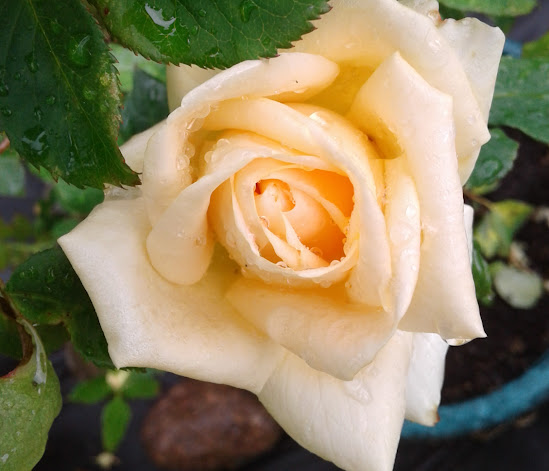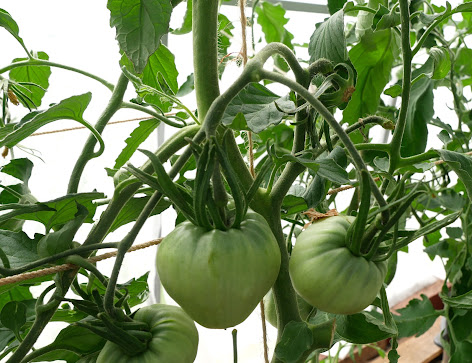Summer! July is a great time to take a walk in the field, in the meadow. How many plants grow and bloom there. In ancient times, people used some of these plants for food, for treatment and harvested for the winter. I took a few photos, especially I liked the flowering of the well-known Fireweed and the fragrant Meadowsweet plants.
Fireweed (Chamerion angustifolium). Other names are Narrow-leaf Fireweed, Willow Herb, Ivan-tea.
Fireweed is a showy, clustered perennial, typically growing 0.5 to 2 meters (1–5 ft) tall. The erect stems are usually reddish, with numerous elongated alternate leaves and ending in a tapering spike of pink-purple flowers. Fireweed is a sun-loving plant that quickly forms dense colored masses. It blooms in the second half of the summer period, while the duration of flowering is a little more than 4 weeks.
Among all herbaceous plants growing in the forest, in the meadow, fireweed is considered the best honey plant. Fireweed leaves can be brewed as a tea. This tea has a very fragrant and rich taste.
Meadowsweet (Filipendula ulmaria), or meadwort, is a perennial herbaceous plant that grows in damp meadows. Other names are: pride of the meadow,
meadow-wort, meadow queen, lady of the meadow, dollof, meadsweet, and
bridewort.
Meadowsweet has a very long history of herbal use, and it was one of the three most sacred herbs of the ancient Druids. It contains chemicals called salicylates, which are similar to aspirin. It's an attractive plant, ideal for growing in damp soil and boggy areas, such as the edge of a pond. Filipendula ulmaria blooms have a strong, sweet scent.



































